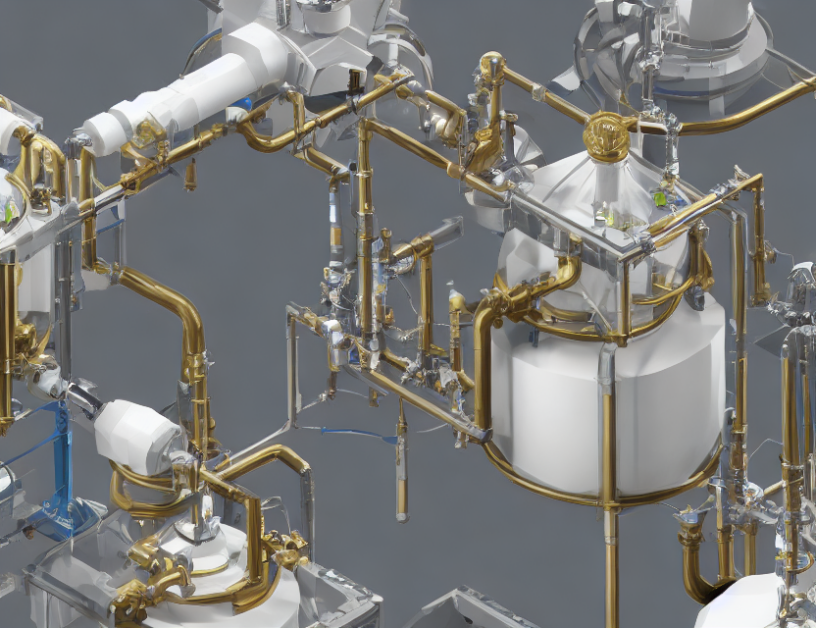Before diving into the details of Transformers for image recognition, it is essential to understand what Transformers are. In simple terms, Transformers are a type of neural network architecture that is designed to handle sequential data such as text or images. The core innovation of Transformers is the self-attention mechanism, which allows the model to weigh the importance of different parts of the input sequence when processing it. This mechanism enables Transformers to capture long-range dependencies in the input data, making them particularly useful for tasks such as language translation and image recognition.
How do Transformers work for image recognition?
Transformers for image recognition work by treating an image as a sequential data structure, where each pixel is considered a part of the input sequence. The self-attention mechanism in Transformers allows the model to learn the dependencies between different parts of the image, enabling it to capture contextual information and recognize patterns. By processing the image as a sequence of patches or tokens, Transformers can learn to recognize features such as edges, lines, and shapes, which are essential for image recognition.
State-of-the-Art Methods
Several state-of-the-art methods have been proposed in recent years that leverage Transformers for image recognition at scale. These methods include:
- Vision Transformers (ViT): ViT is a pioneering method that treats an image as a sequence of patches and applies Transformer architecture to learn the dependencies between them. The self-attention mechanism in ViT allows it to capture long-range dependencies, enabling it to recognize features such as edges, lines, and shapes.
- Swin Transformers: Swin Transformers are a variant of ViT that use a hierarchical architecture to process images at multiple scales. The hierarchical structure in Swin Transformers enables it to capture both local and global contextual information, making it more effective for image recognition tasks.
- Cross-Architecture Evaluation (CAE): CAE is a framework that evaluates the performance of different transformer-based architectures on various image recognition tasks. The goal of CAE is to identify the strengths and weaknesses of each architecture, enabling researchers to develop more efficient and effective methods for image recognition at scale.
- Multi-Scale Vision Transformer (MSVT): MSVT is a method that uses a combination of local and global contextual information to recognize features in images. By leveraging the strengths of both local and global context, MSVT can achieve better performance on image recognition tasks than individual architectures.
Conclusion
In conclusion, Transformers have revolutionized the field of image recognition by providing a new perspective on how to process and analyze sequential data such as images. By leveraging the self-attention mechanism in Transformers, researchers have been able to develop state-of-the-art methods that can recognize features in images at scale. As the field of image recognition continues to evolve, it is likely that Transformers will play a crucial role in shaping its future. By demystifying complex concepts and using everyday language and engaging analogies, we hope this summary has provided a comprehensive overview of the current state of the art in transformer-based image recognition at scale.



